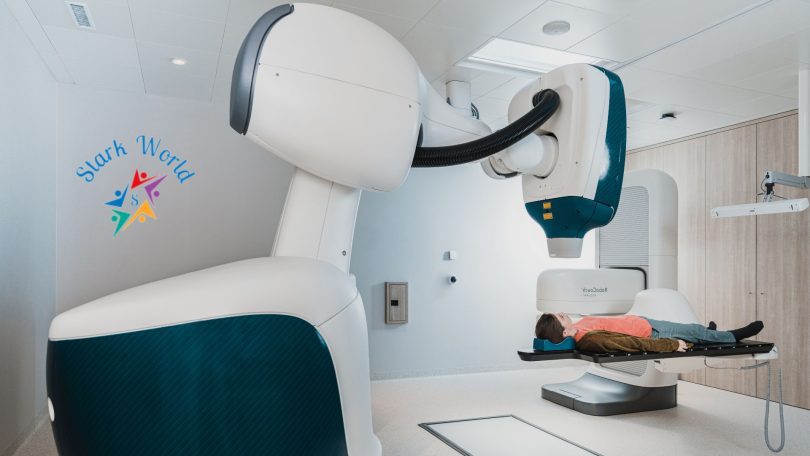Medicine has come a long way from its humble beginnings. With advancements in technology and research, doctors are now able to perform procedures that were once thought impossible.
However, these medical miracles often come with a hefty price tag. In this blog post, we will dive into the top five most costly medical procedures in the world, exploring what they entail, why they’re so expensive, and how they impact individuals and healthcare systems globally.
Introduction
Before we delve into the specifics, it’s crucial to understand what we mean by ‘medical procedures’. These practices span a wide range of activities aimed at improving or maintaining health, from simple check-ups to complex surgeries.
But why do some procedures cost more than others? The answer lies in factors such as the complexity of the operation, the expertise required, the resources used, and the aftercare needed.
Definition of Medical Procedures
A medical procedure is a specific course of action designed to achieve a particular outcome in the provision of healthcare. It can vary widely in invasiveness, location, equipment, and skill level required. From vaccinations and blood tests to organ transplants and brain surgery, all these constitute medical procedures.
Their costs also vary significantly, based on factors such as the materials used, the duration and complexity of the procedure, and the expertise of the medical team involved.
The Top 5 Most Costly Medical Procedures in the World
Now that we’ve laid the groundwork, let’s delve into the main topic: the top five most costly medical procedures in the world. While there are many expensive treatments out there, these five stand out due to their high costs and the complex nature of the procedures involved.
Heart Transplant
A heart transplant is a surgical procedure that replaces a patient’s diseased heart with a healthy donor heart. This procedure is typically reserved for patients with end-stage heart failure or severe coronary artery disease when other treatments have failed. It involves a highly skilled medical team and extensive post-operative care, making it one of the most expensive medical procedures.
The cost of a heart transplant can easily exceed $1 million in the United States. This estimate includes the surgery itself, hospitalization costs, follow-up care, and lifelong immunosuppressive medications to prevent organ rejection. It’s also important to consider the hidden costs, such as the emotional toll on the patient and their family, the potential loss of income, and the requirement for lifelong medical follow-up.
Lung Transplant
A lung transplant, much like a heart transplant, involves replacing one or both diseased lungs with healthy ones from a donor. It’s a last-resort treatment for individuals with chronic, life-threatening lung diseases, such as cystic fibrosis or chronic obstructive pulmonary disease (COPD).
The cost of a lung transplant, including pre-operative tests, surgery, hospital stay, and post-operative care, can range from $500,000 to more than $1 million. Not to mention, patients must take immunosuppressive drugs for the rest of their lives, adding to the ongoing costs. The procedure’s high price tag reflects the complicated nature of the operation and the significant resources required for success.
Liver Transplant
Next on our list is the liver transplant, a life-saving procedure for individuals with end-stage liver disease or acute liver failure. During this surgery, the patient’s liver is replaced with a whole or partial healthy liver from a donor.
As with other transplants, a liver transplant is a complex procedure requiring a highly skilled medical team, specialized equipment, and extensive post-operative care. The costs can range widely, usually between $500,000 and $800,000, including pre-operative evaluations, the surgery itself, hospitalization, follow-up care, and anti-rejection medications.
Bone Marrow Transplant
A bone marrow transplant is a medical procedure aimed at substituting damaged or depleted bone marrow with healthy bone marrow stem cells. It’s often used to treat conditions such as leukemia, lymphoma, and other blood-related disorders.
The cost of a bone marrow transplant can be steep, with prices ranging from $200,000 to over $1 million, depending on the type of transplant (autologous or allogeneic), the patient’s health status, and the complexity of the operation. These costs cover the collection and storage of the stem cells, the procedure itself, hospitalization, and post-transplant care.
Deep Brain Stimulation
Last but not least, we have deep brain stimulation (DBS), a neurosurgical procedure involving the implantation of a device that sends electrical signals to specific parts of the brain. DBS is most commonly used to treat movement disorders like Parkinson’s disease, dystonia, and essential tremor.
Although it doesn’t involve organ transplantation, DBS is a high-cost procedure due to its complexity and the need for precision. The total cost, including the surgery, device, hospital stay, and follow-up care, can range from $35,000 to $100,000.
Additionally, the device may need to be replaced every three to five years, adding to the overall cost.
Conclusion
Medical advancements have made it possible to treat conditions that were once considered untreatable. However, the cost of these life-saving procedures is a significant challenge for patients, families, and healthcare systems worldwide.
The five procedures we’ve discussed – heart transplants, lung transplants, liver transplants, bone marrow transplants, and deep brain stimulation – represent the pinnacle of modern medicine’s ability to save and improve lives. Yet, their high costs reflect the immense resources and skills required to perform them successfully.
These procedures’ costs are not just financial but also emotional and social, affecting not only the patients but also their families and society at large. Despite their high price tags, these procedures underscore the priceless value of health and the lengths to which medicine will go to preserve it.
As we move forward, it’s crucial to continue investing in medical research and innovation, seeking ways to make these procedures more accessible and affordable without compromising quality. After all, every life saved, every disease cured, and every quality of life improved is a testament to the power and potential of modern medicine.







